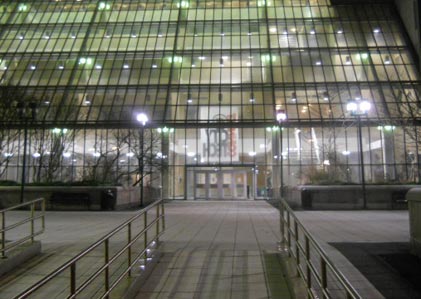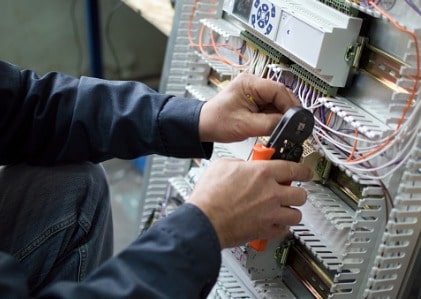Maintaining HVAC Systems in a Pandemic
In the case of residential buildings, ASHRAE recommends maintaining normal thermal comfort conditions, increasing the ventilation rate, operating restroom fans when facilities are in use, and utilizing air purifiers.
Homes with forced-air systems, which recirculate air throughout the home through ducts, should install high-efficiency media filters, operate the HVAC system continuously, and consider the use of Ultraviolet Germicidal Irradiation (UVGI). Multi-family homes should take extra care in making sure water is in the plumbing traps, pressurization is maintained, and chases and bypasses are sealed.
When creating an isolation zone within a home (for when a household member is known to be infected, for example), additional precautions are suggested. The isolation space should be on a high floor during the heating season and a low floor during the cooling season. A separate HVAC system is recommended for the isolation zone, and air barriers and separate exhaust ventilation should be provided as well.
For those conducting HVAC maintenance and replacing filters that are potentially contaminated with the virus, ASHRAE suggests appropriate personal protective equipment (PPE), including a properly fitted respirator (N95 or higher), eye protection (safety glasses, goggles, or face shield), and disposable gloves. They also advise potentially letting a filter load up further than usual, in order to reduce the frequency of filter changes. When possible, filters can be disinfected with a 10 percent bleach solution or another appropriate disinfectant, approved for use against SARS-CoV-2, before removal.



